BIM has long been at the cutting-edge of design and building technology, so it makes sense that it can play an important role in achieving the goals of sustainable construction
Hearing the buzzword “sustainable” at this point in time no longer raises eyebrows – you be rolling your eyes instead. That’s not surprising — it is being applied to everything from environmental protection and development to food and agriculture.
However, if we were to strip away the overuse of the word and look instead at the core meaning of the word, its value becomes clear. When it is applied to building information modelling (BIM) in construction, it takes on special meaning for professionals in this field.
What is sustainable construction?
According to the Construction Industry Development Board (CIDB), the concept of sustainability in construction focuses on the preservation of the environment while solutions to critical development-related issues are designed into a project. Although the subject may be talked about and interpreted differently by different parties, the construction industry in Malaysia as a whole takes the subject seriously as more and more buildings and projects are being rated green. In fact, some 40% of new buildings in the country are being designed and constructed with various degrees of eco-friendliness.
What is the key mission of sustainable construction?
The aim of sustainable construction is to meet present-day needs for residential and commercial environments, and infrastructure, without compromising the ability of future generations to meet their own needs in times to come. It incorporates elements of economic efficiency, environmental performance, and social responsibility, and contributes to the greatest extent when architectural quality, technical innovation, and transferability are included.
BIM has long been at the cutting-edge of design and building technology, so it makes sense that it can play an important role in achieving the goals of sustainable construction. But, how do the two relate? Why would the adoption of BIM, with its related technologies and processes, result in more sustainable construction?
There are three main connections between BIM and sustainable construction:
How BIM offers greater transparency during the design phase
When design begins on a project using BIM, it allows for a highly transparent process from day one: as design data is added to a shared model each stakeholder in a project can quickly and easily access a full, real-time summary of what products and materials are being proposed, how they will be fabricated and installed, and what can be expected as to their performance post-construction.
This transparency allows for contractors, energy engineers, suppliers, and more, to provide their knowledge and experience to the overall construction and operation of the building early on – to make the project more sustainable in the design phase before any money is spent on materials or supplies. This not only ensures the most environmentally responsible materials and methods are used during construction, but also saves time and money by avoiding remedial works and schedule delays during construction through better planning upfront.
How BIM offers greater efficiency during the design and construction phases
The use of BIM results in 3D virtual prototypes that can be easily shared and used for real-time collaboration and simulation to test both the logic and sequence of construction. From estimating and takeoff to layout and ongoing project management, every step in the design and construction workflow is reviewed and enhanced when BIM technology is integrated.
These improvements can be seen in the speed of job completion. For example, BIM-powered robotic layout solutions have proven to be up to four times faster in completing a layout compared to traditional methods. The higher efficiency and cost savings can come from prefabrication, a reduction in errors and ad-hoc troubleshooting, lower crew redundancy, improvements in asset management, and many other areas.
But perhaps the most important improvement we see with the full adoption of BIM is the positive impact it has on sustainability throughout the entire construction workflow. Every step of the process where BIM saves time, improves efficiency, enhances design, and reduces errors provides a quantifiable opportunity for the building’s lifelong environmental impact to be reduced. In this respect, BIM thoroughly supports the entire philosophy behind sustainable construction.
How BIM offers greater control during the operations phase
In the past, once a construction project was finished, there wasn’t much firms could do to help improve the ongoing operations of the building. That was left to the owner or facility manager until repairs or retrofitting work became necessary.
However, thanks to the high level of detail and ease of shareability inherent to the 3D models created using BIM, a wealth of operational data and insight can be passed along to the building owner and manager, improving their ability to run the building at its maximum potential.
Once again, this benefit of BIM dovetails perfectly with the sustainable construction philosophy, which extends beyond design and construction, and into the long-term maintenance and use of the completed structure.
Malaysia on the right track
For Malaysia, CIDB has taken several proactive measures to assist industry players to incorporate sustainability in a more cohesive and seamless manner. Starting with the Construction Industry Transformation Programme (CITP), which is aimed at transforming the construction industry to be highly productive and environmentally sustainable, while remaining focused on safety and quality standards, CIDB has made environmental sustainability one of its four strategic thrusts, complete with five initiative KPIs, to ensure that Malaysia’s environmentally sustainable construction will be a model for ASEAN countries and other countries by 2020.
CIDB also established the Sustainable Construction Excellence Centre (MAMPAN) to drive sustainable construction through an operating model consisting of development, promotion, and implementation of innovative initiatives. One of the charters of MAMPAN is to increase the adoption of the Malaysian Carbon Reduction & Environmental Sustainability Tool (MyCREST), a tool to guide, assist, quantify, and hence, reduce the built environment impact and carbon emissions while taking into account a more holistic lifecycle view of the built environment.
Another significant tool is the Infrastructure Rating Tool, which is to be used by industry players and other stakeholders in evaluating buildings.
The concept of sustainable construction goes far beyond considerations at all levels: from installing energy-efficient mechanical systems to LED lighting for new buildings. It is a philosophy that impacts every aspect of the design and construction phases as well as the maintenance and operation of the building going forward.

.jpeg)
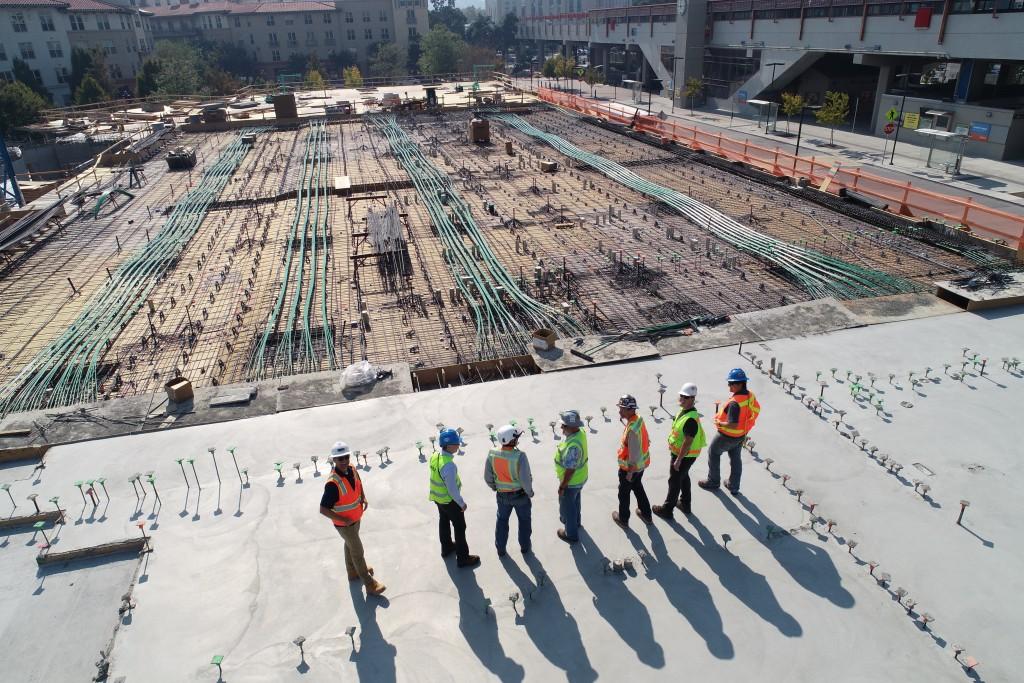


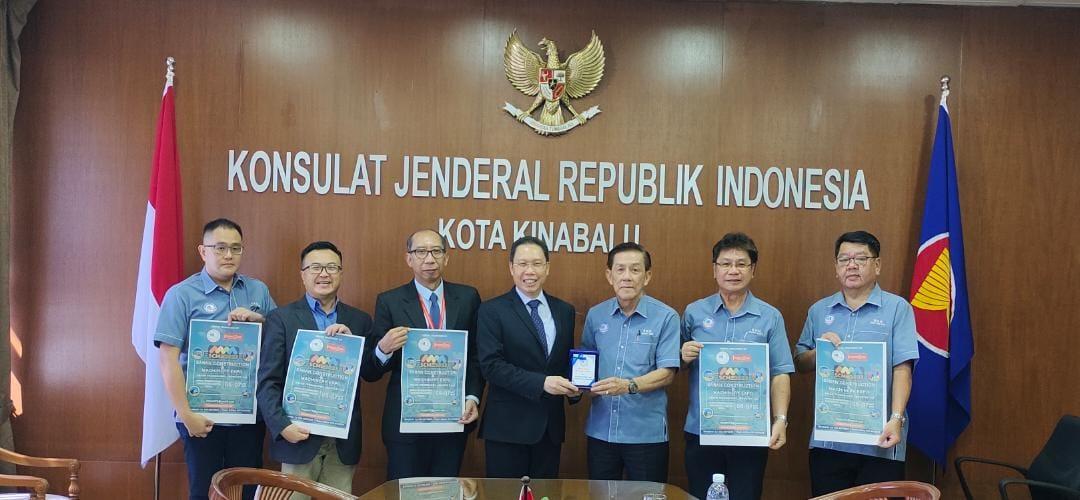
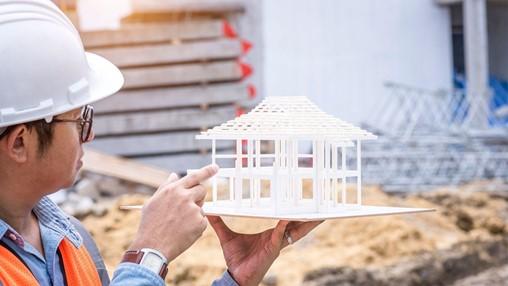
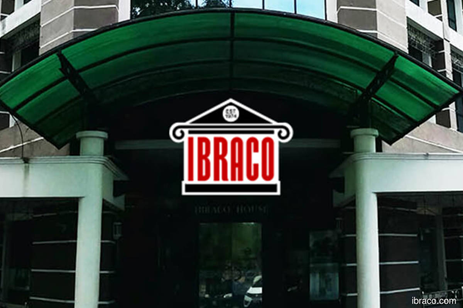
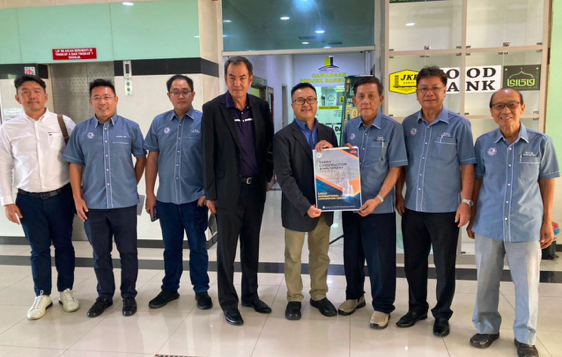
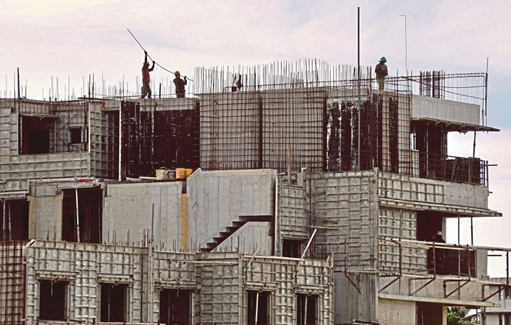
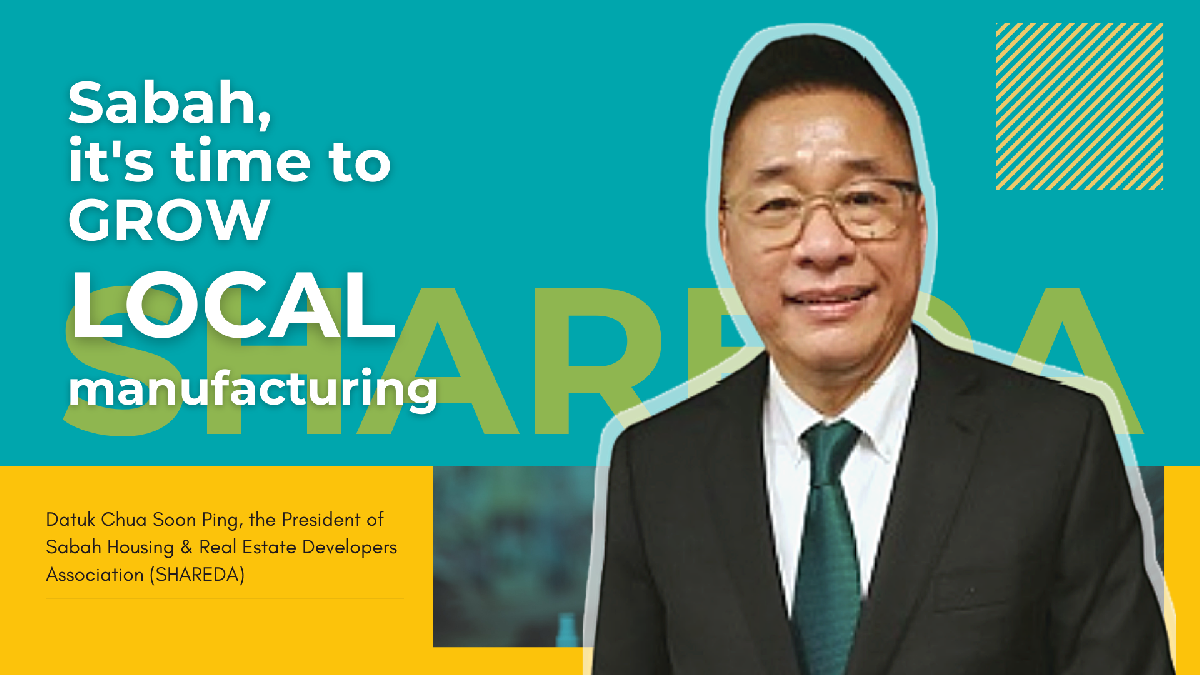

.jpeg)

